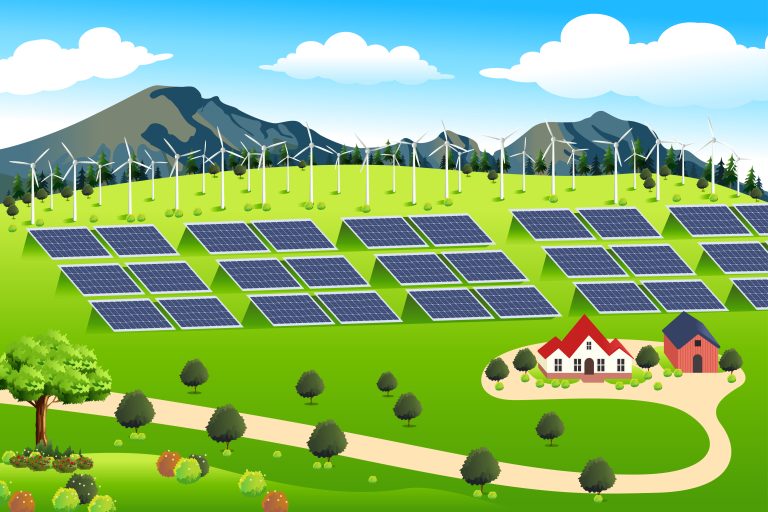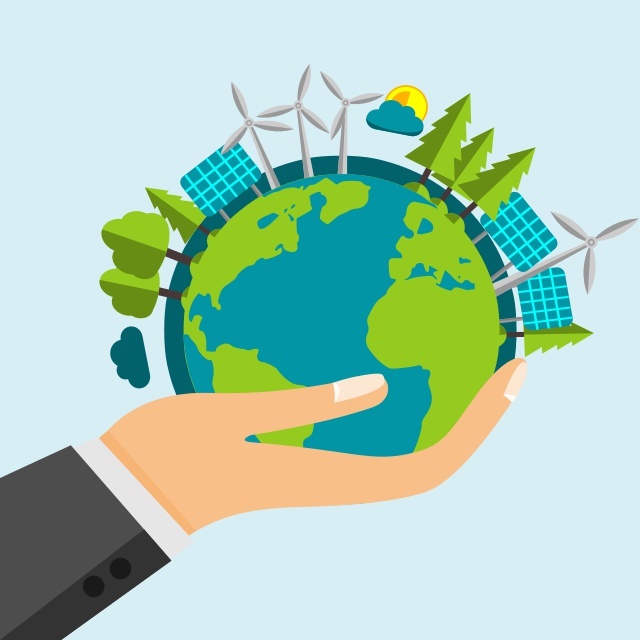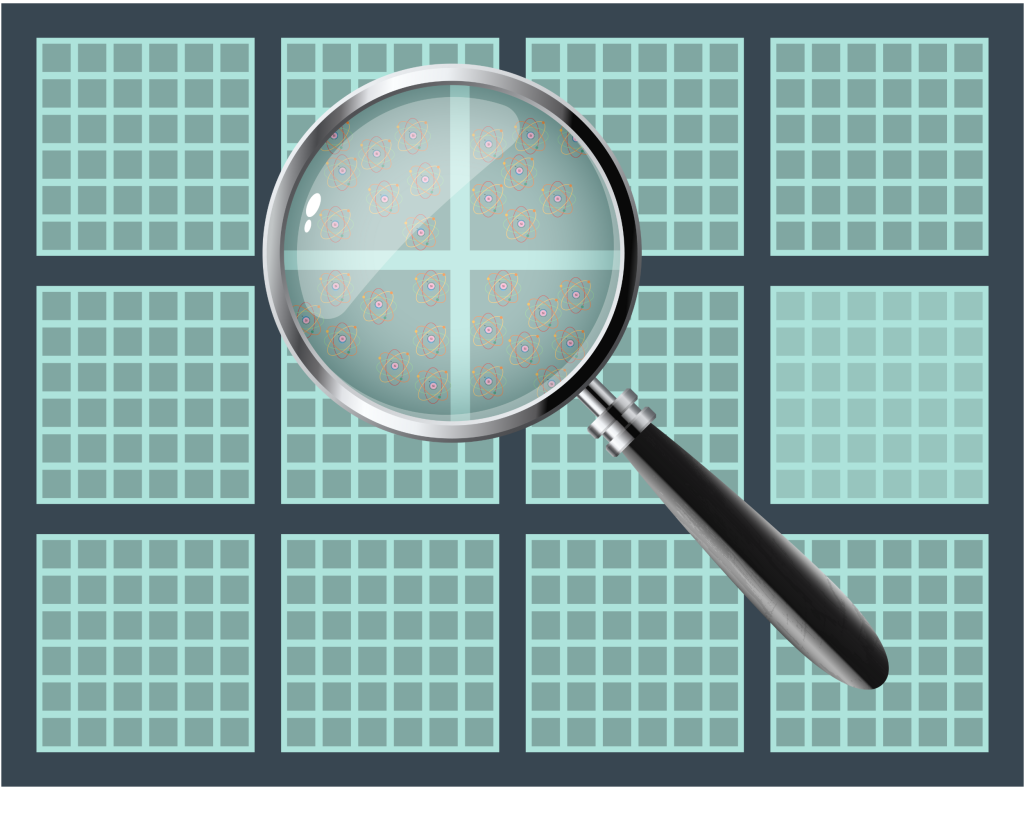
More and more people want solar panels each year, which is why you might see them in lots of places. You may have seen them on top of roofs, or many of them in fields. As solar power is going to be a big part of our future, you should probably know how they work! Follow us through this fun and easy guide on how solar panels work to power your homes.
The sun produces energy called solar energy. This solar energy then travels all the way from the sun, down to earth. If the travelling solar energy reaches a solar panel, it can be used to create electricity. A solar panel is full of combined solar cells, also known as photovoltaic (PV) cells. They are then placed on the top of roofs of buildings, or in fields, anywhere they are sure to get plenty of sunlight, really!
How do photovoltaic cells work? When sunlight, and therefore, the solar energy, is captured by these photovoltaic cells in the solar panels, they excite the electrons in the cells, giving them energy! A direct current is then created in each of the joined solar PV cells. Electricity is then produced by this current, and is almost ready for use in your home, or wherever you need it (this includes charging electric cars, and heating your water!!).
Before you can use this electricity, it needs to go through a solar inverter. This is because it will change this electricity into an alternating current instead of a direct current. Now, the electricity made is ready for you to use! You can then sell any of the electricity you don’t use, back to the National Grid.
The National Grid is where you can get electricity from when your solar panels aren’t working, or if you don’t have any solar panels. When your solar panels aren’t working, you can then get some of your electricity back from the National Grid, for you to use.
When do solar panels stop working? Solar panels stop working as soon as the sun goes down, because there’s no solar energy to be collected! They do, though, work when it’s cloudy and you can’t see the sun at all. This is because sun rays can still go through the clouds, even though you cannot see them. Very cool!


Renewable energy, also known as green or clean energy, can be made from anything natural and recurring. This means it can never be used up, or it can never run out. Examples of things that can make renewable energy are; solar panels, wind turbines, and water turbines!
Energy made by any of these, and other forms of renewable energy, are important because they don’t pollute our earth, or release harmful gases into our atmosphere! Unfortunately, we can’t rely on renewable energy yet! So we have to use fossil fuels, which are non-renewable energy. This means one day we will run out of these things! Fossil fuels release harmful gases into our air, polluting our world… It’s very important that the scientists of today find a way for us to be able to use and store renewable energy at all times, so that we don’t have to rely on these nasty fossil fuels.

Even the materials that make up solar panels are renewable. The main element of solar panels is Silicone, which is the second most abundant element on this earth (oxygen is number one!).
Silicone is found in rocks and sand, this means there will always be enough silicone on earth for us to make more and more solar panels for renewable energy!
Have a look at the picture! What is shows is silicone atoms as the main component of a Solar PV cell.

We help families across the UK create energy-efficient homes by providing insulation solutions and heating Upgrades. —helping you save energy, reduce costs, and lower your carbon footprint.
External Links: EST, Trustmark , GOV
About
Company Registration Number
12684594